Gardens are meant to be sanctuaries of peace and productivity, a vibrant place where plants live in harmony. Yet, unbeknownst to many, some combinations of plants can disrupt this balance, undermining the growth and well-being of each other.
In gardening, companion planting aims to pair plants that enhance each other’s growth, but sometimes, seemingly logical pairings can actually stifle your garden’s potential. In this post, we’ll explore eight popular plant combinations that do more harm than good and explain how to avoid these common pitfalls.
1. Tomatoes and Potatoes: A Tuber-Tomato Tussle
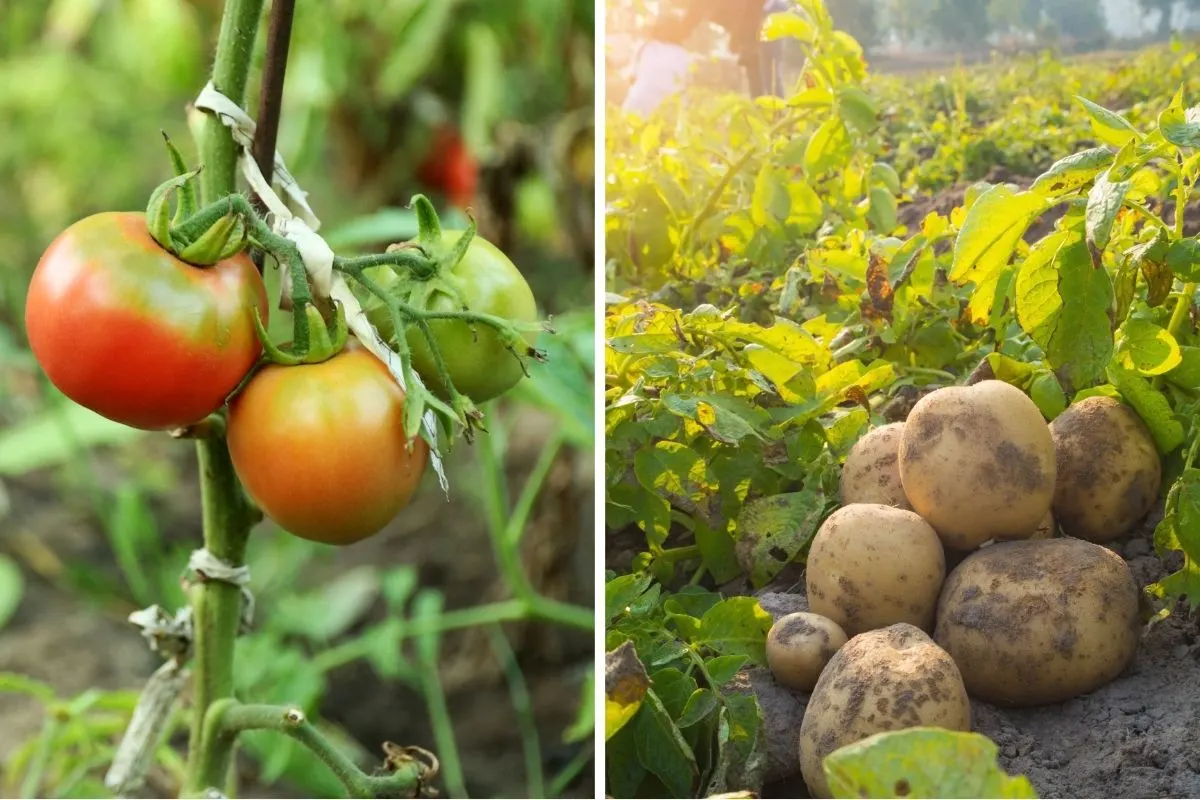
At first glance, tomatoes and potatoes seem like a match made in garden heaven. Both thrive in similar conditions: full sun and well-draining soil. However, the reality is that planting these two together invites disaster.
Both are susceptible to late blight, a disease that can spread rapidly and decimate crops. This fungal foe can leap from plant to plant, making coexistence a risky venture. Instead, consider spacing them apart and rotating their locations each year.
2. Beans and Onions: A Legendary Rivalry
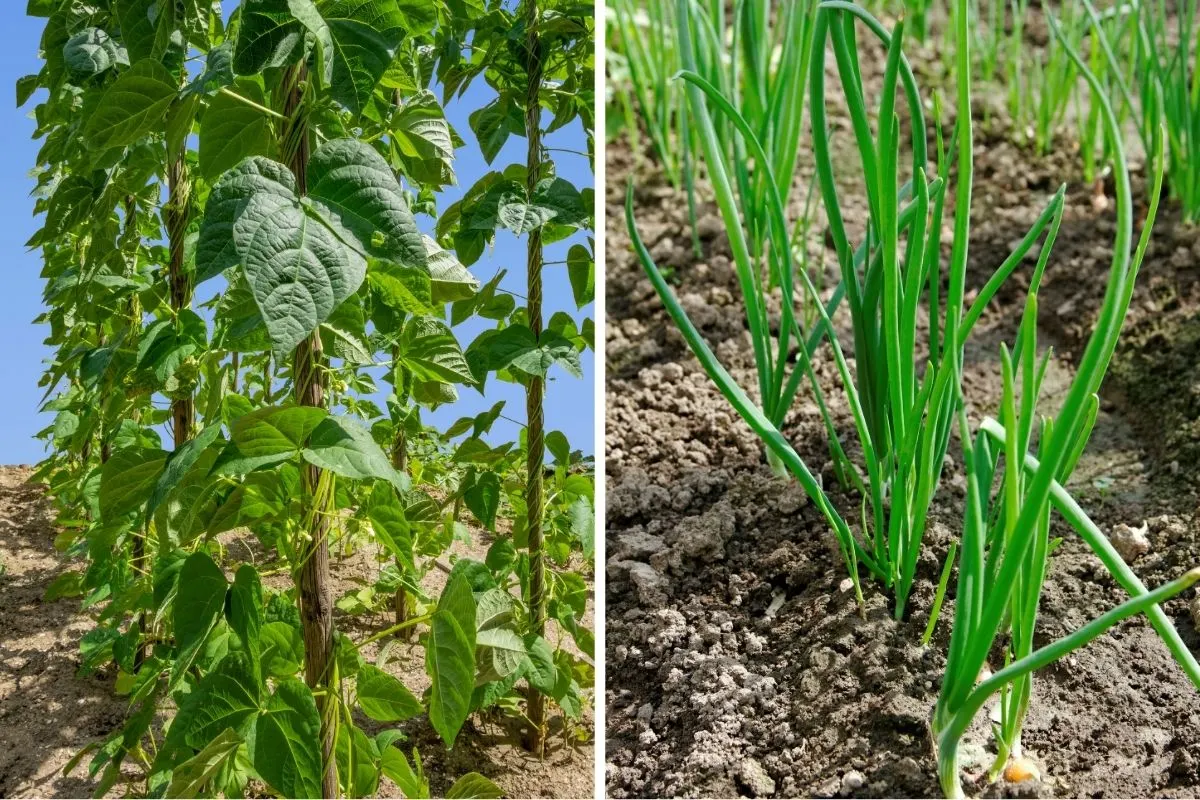
Beans and onions have been locked in an age-old rivalry that only true gardening aficionados know about.
Onions, along with garlic and other alliums, release a particular chemical that can inhibit the growth of beans, slowing down their otherwise vigorous upward climb.
This is one garden grudge match you’ll want to avoid by keeping these plants separate to ensure a robust harvest.
3. Cabbage and Strawberries: A Battle for Resources
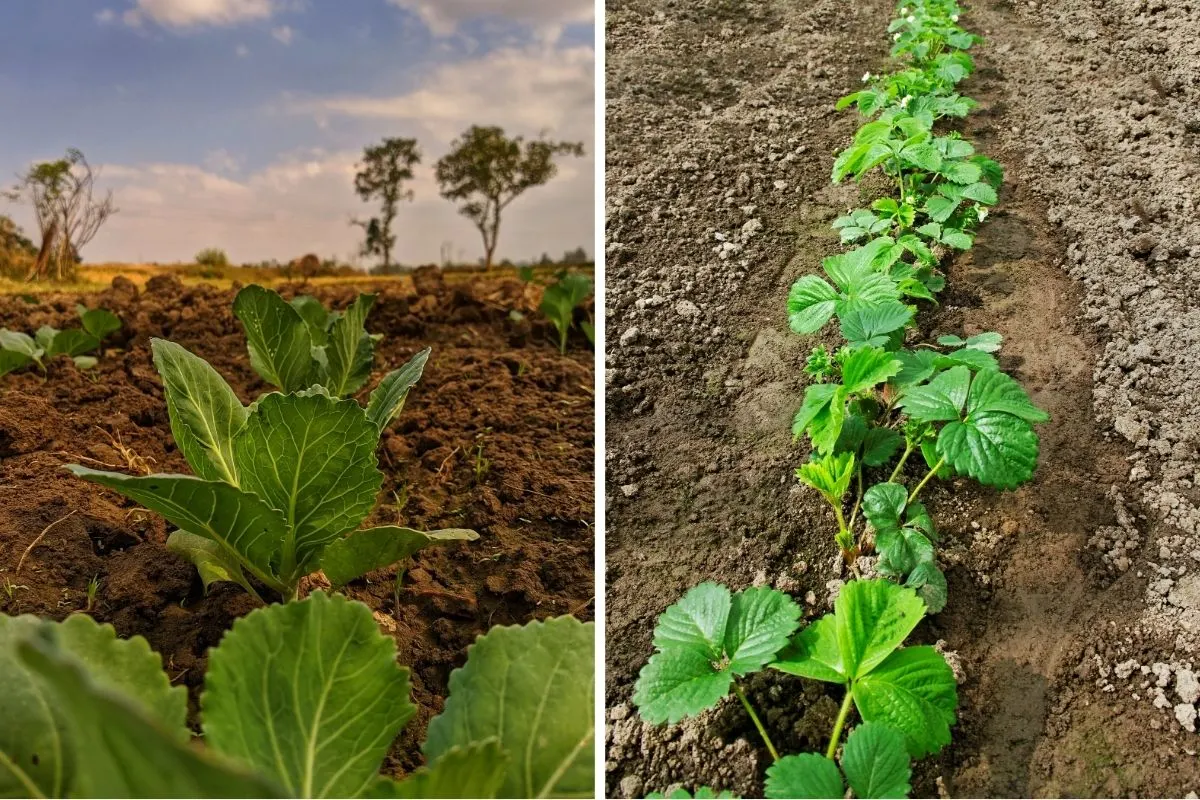
It might be tempting to plant strawberries alongside cabbage, hoping for a sumptuous mix of leafy greens and juicy berries. However, their pairing is like an uncontrolled scramble for nutrients, leaving both plants unsatisfied.
Cabbage, a heavy feeder, competes fiercely with strawberries for soil nutrients, leading to stunted growth and poor fruit production. Instead, opt for companions like spinach or lettuce that play better with cabbage’s nutrient needs.
4. Carrots and Dill: The Imperfect Pair
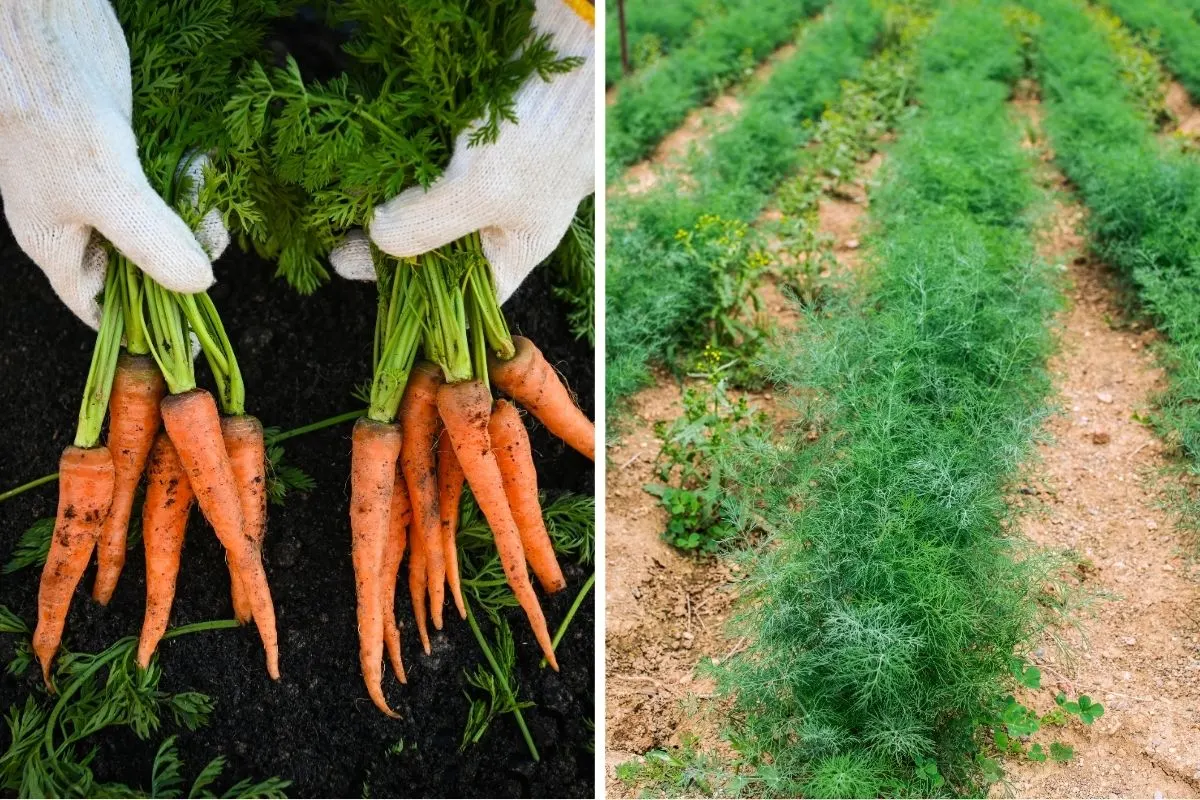
While carrots and dill are frequent players in a culinary lineup, their relationship in the garden is far less amicable. As dill matures, it releases chemicals into the soil that can impede the development of carrot roots.
This phenomenon, known as allelopathy, prevents carrots from reaching their full potential. Instead, plant dill further away or wait until the carrots are well-established before introducing dill nearby.
5. Fennel and Basil: Oil and Water of the Garden

Fennel and basil might look good together on a plate, but in the soil, they clash like oil and water. Fennel is notorious for its allelopathic properties, which release compounds into the soil that can inhibit the growth of almost anything nearby, including the fragrant basil. To maintain a healthy garden ecosystem, grow fennel in its own isolated space.
6. Corn and Tomatoes: A Tangled Mess

Combining corn and tomatoes can feel intuitive; both are summer staples thriving in similar conditions. However, both are prone to corn earworm and tomato fruitworm, pests that are all too happy to devastate both crops when given the chance. To avoid a wormy predicament, keep these two apart and consider interplanting corn with beans or squash instead.
7. Sunflowers and Potatoes: A Shady Deal

Sunflowers can cast a long shadow—literally and figuratively—over potatoes. As sunflowers grow tall and proud, their shade can stunt potato growth.
Moreover, sunflowers can also release allelopathic chemicals that inhibit potato tuber formation. Instead, plant sunflowers along the garden edge, giving potatoes all the sunlight they crave.
8. Peppers and Kohlrabi: A Bitter Rivalry
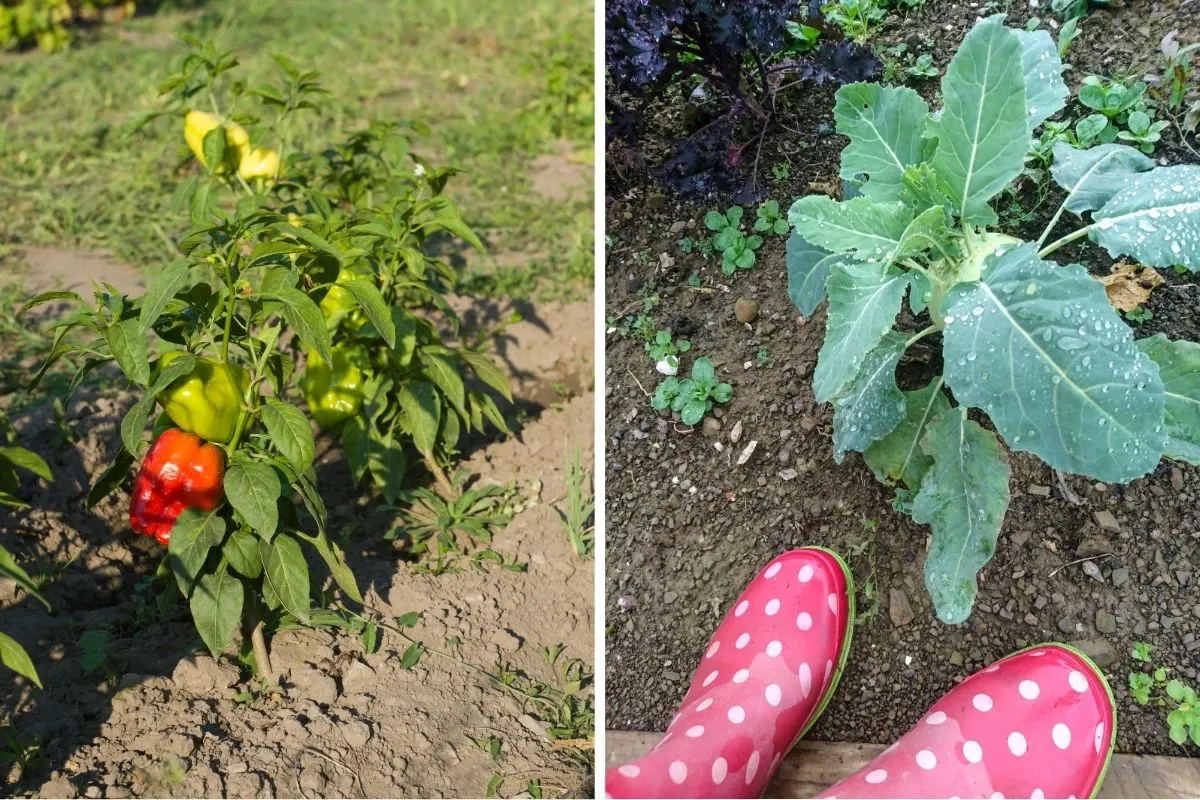
While it might seem like a good idea to combine the bright peppers with the robust kohlrabi, these two are unlikely to get along.
Kohlrabi’s substantial leaves can overshadow peppers, reducing their sunlight exposure and stunting growth. For a more harmonious garden, separate these plants and pair peppers with onions or carrots instead.
Final Thoughts on Companion Planting
Understanding which plants play well together can make all the difference in achieving a flourishing garden. While these pairs might seem harmless or even advantageous, they often result in more harm than good.
By carefully planning your garden layout and avoiding these troublesome combos, you will set yourself up for success.
Curious to learn more about successful plant partnerships? Explore companion planting guides or consult local gardening experts. Your garden will thank you for it.

